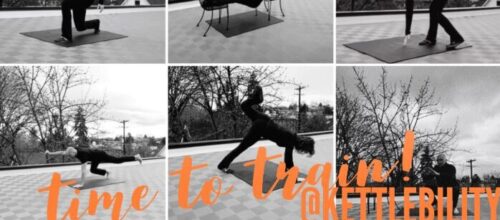A few years ago, Mike Boyle and other trainers and physiotherapists on the East Coast came up with a joint-by-joint approach to physical training. It is cleverly based on the fact that our skeletal structure is made of many joints that are designed to either provide mobility or stability.
Look at our legs and our arms for instance. Our wrists and ankles are very mobile and can easily move in many directions. However, they often lack stability and can easily be sprained when we fall, run, or even walk. On the other end of the spectrum, our elbows and knees are much more limited in their movements. Their main job is to provide stability to the kinetic chain.
Finally, our shoulders and hips provide us with incredible ranges of motion – think of a contortionist or an acrobat. Unfortunately, there is no free meal, and great mobility comes at a price: a lack of stability and a greater possibility of getting injured. Of all our main joints, anatomically speaking, our shoulders are probably one of our least stable joints. Maintaining their strength and their mobility is very necessary in order to keep our shoulders safe and healthy.
That’s the reason why in November, we are re-introducing one of our most popular classes, our Club & Mace/the Quick and the Dead class. As you all know, the first half of this class is dedicated to strengthening our shoulders in every plane and movement, while the second half is based on Pavel Tsatsouline’s anti-glycolytic strength endurance protocol (in more simple terms: how to train hard without feeling it).
For many years now, Kettlebility instructors have been using Indian Clubs to help promote better health for your shoulders. Not only do they work wonders, but they also have helped many of our students regain overhead mobility lost due to injury or lack of movement.
In 2019, we introduced maces in our classes. Those short and heavier club-type implements are extremely effective at building strength and stability for our shoulders and core, thanks to a higher velocity of circular movements that we typically train less frequently.
We hope to see you soon in our Club & Mace/the Quick and the Dead class and taking advantage of its many benefits in terms of movement, health, strength and conditioning. If this doesn’t convince you, what better tool that Indian clubs at the end of your extended arms in order to maintain social distancing? And what about swinging a mace to stay safe in the post-election civil unrest that we could see happening?

